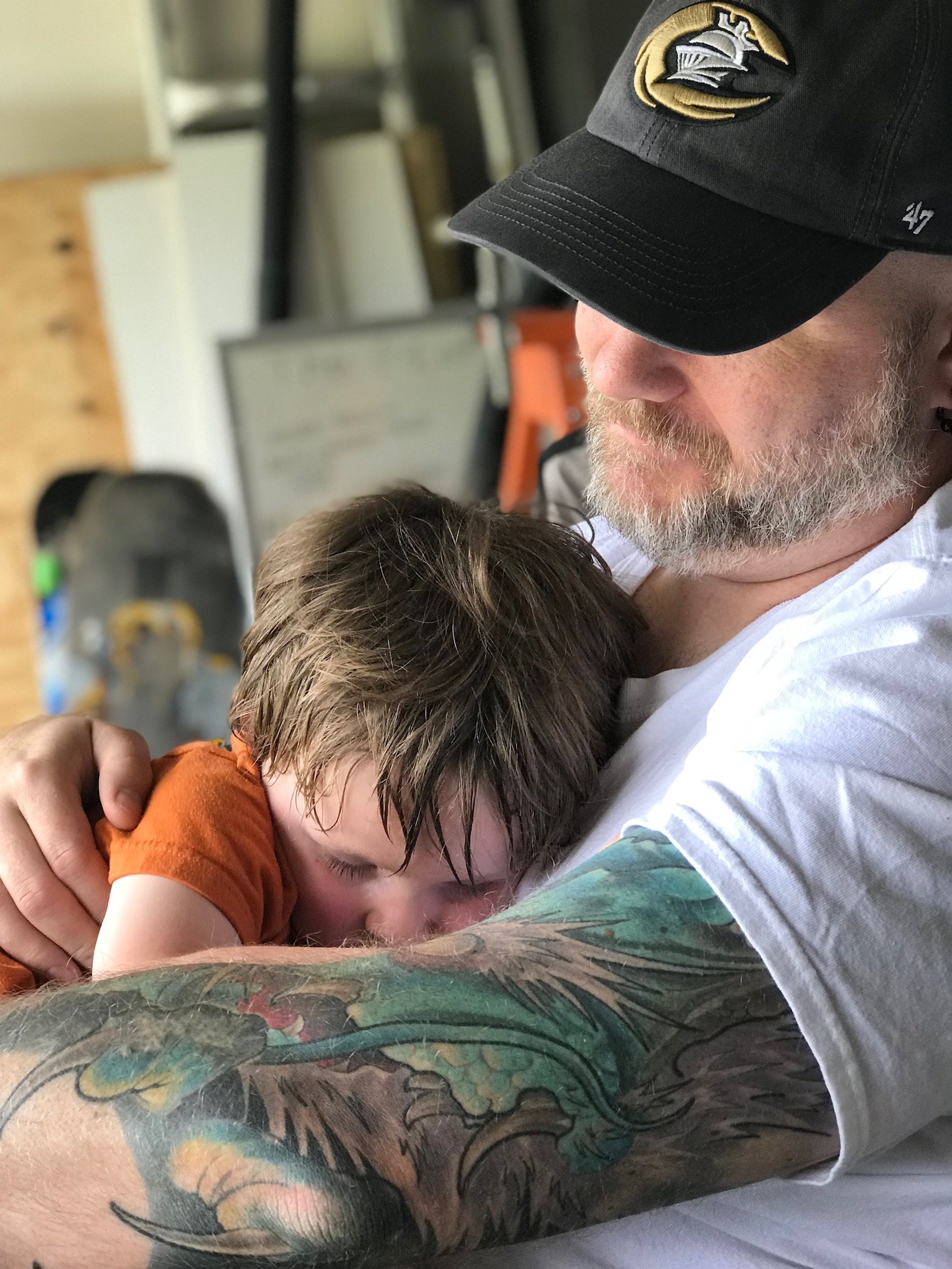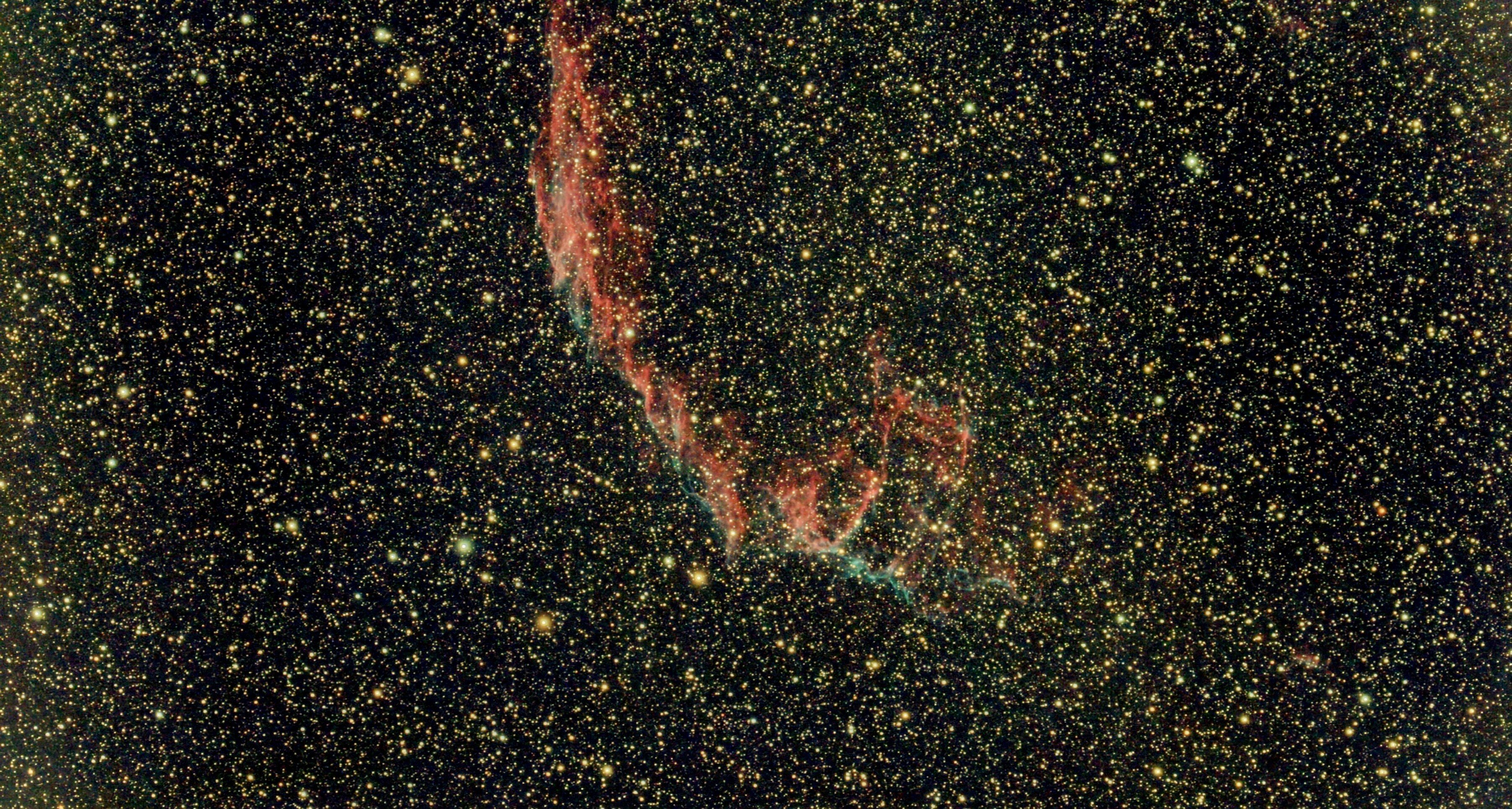At a business, a secretary, almost always a woman, would answer the phone for all calls. There were no direct lines into anyone. If you were in she would transfer the call to your office. If you were out she would use this pad to take messages. When you came back in to the office you would always stop at the front desk and you would be handed your messages.
These were great! Instead of having to press a lot of “delete message” buttons on an answering machine or a VM system, you could just sweep these into the waste basket (unread of course) in just a couple of seconds.
You mean wad them up into a ball and shoot some wastebasket hoops. Rookie.
What are the m and of lines for?
Mr or Mrs
That’s silly when they already have a for line…
deleted by creator
Remember them? I still have some from when I worked as a graphic designer in a print shop in the 80’s.

I used to flip them over, the back was plain, and write DAVE RANG.
“Dave who ?” “Didn’t say” “Did he leave a number” “No” “What was it about” “He said you know what it’s about”
Yes
I have these at my desk and still use them :)
Why past tense? These remain far more useful than answer phones; or visual voicemail with AI transcription, or whatever. All the info you need, right there. The more I pay for digital services the more I am learning to appreciate how effective these are. Basically we are spending a fortune in development to replicate exactly these.
In those days we called it voice mail when the secretary would answer the phone and then yell out the name of whomever it was for.
Yup, I used the fuck out of these.
I got one yesterday when I came back from lunch.
They used to have joke versions of those. “Answer your damn phone once in a while. Here’s who called:”
I seem to remember pink ones that said “While you were out.”
That’s like the HDDVD to the BluRay of “Important Message.”
I was a receptionist about five years ago for a small office. I would check the voicemail in the morning and write these out and leave them on the recipients desks before they arrived in the morning. Then I would use them throughout the day if the person was in an appointment when a call came in for them. It was an alternative medical office and whooo boy did people give me TMI, for the slip and for me personally.
No. These are literally older than every lemmy user and none of us remember these weird analogue doodads. They’re far superior to absolutely everything that exists today because the good old days and this darn AI transcription nonsense. I’d rather pay a lady to answer my phone when I can’t just to get these.
At the time that these were in use if you described technology of today they would have considered it science fiction. In the near future I expect all live voice communications or voice messages to be via projected holograms.
I was just clearing out the desk of an employee who started the same year I did, in 1985. I was showing a recent college hire that “cut and paste” came from when we literally did that with scissors and glue to make documents. Really old documents were typed on a typewriter, but even when we had word processors, they didn’t handle graphics, so things like that had to be printed or created by the graphics department, then we’d cut them out and glue them down. Once it was all assembled, we’d send them to get copied and printed. Was funny to find examples of that.
Also found some briefing charts that we did on transparencies so that we could put them on an overhead slide projector in a conference room.







